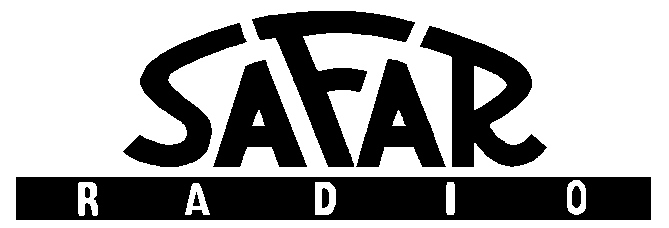Trio 9R-59D - 9R-59DS
 |
 |
The Trio 9R-59D and 9R-59DS are two slightly different versions of the same communications receiver manufactured by Trio (later Kenwood) Electronics in Japan during the years 1969-1974. The receiver is an 8-tube single-conversion design (455 kHz IF), covering from 0.55 to 30 MHz in four bands, and featuring a calibrated electrical bandspread for the ham bands. The receiver provided an excellent value for its cost (105 $ in 1971), since it had good selectivity (ceramic IF filter) and stability and included a product detector for SSB reception. For those reasons it became very popular especially with SWLs in Europe and many good units are still available for sale, mainly in Germany.
I was not aware of the existence of the two different versions (maybe there is a third too, the 59DE), until when I purchased three of them on Ebay. It turned out that two were 9R-59D and one was a 9R-59DS. The only difference I could spot was a different front panel decoration (see pictures), more elaborate on the D, with a molded rectangular frame around the tuning dials and the S-meter. I believe that the 59DS is a more recent version. On the other hand the internals look exactly the same. Both types are equipped with SO-239 (UHF) antenna connectors.
This receiver is of more modern desing than the predecessors like the Lafayette HA-230 and HE-30 (which was in fact also known as Trio 9R-59 outside USA). It uses two printed boards (IF and AF stages) and there are silicon rectifiers in the power supply. It is probably equivalent to the Lafayette HA-700, except for the different dial arrangement (slide-rule type in the HA-700) and the use of different tubes.
The 9R-59D(DS) has a RF stage, S-meter, ceramic IF filter, tunable BFO and product detector. The stability is good and SSB reception is OK, much better than on the HA-230. The versions found in Europe are wired for 220 V power, so one does not need any external transformer.
Bands |
Tube complement |
|
|
| Dimensions and weight: 18 cm high, 38 cm wide, 26 cm deep. Weight 8 kg. Power requirements: 220-240 and 110-120 VAC, 45 W. |
|
Two additional nice features: there is an already wired socket where one can plug a OA2 regulator to stabilize the HF and BFO oscillators; and the chassis is pre-punched for crystal and tube sockets if one wants to build a calibrator. Also, I used the spare half of V3 as a cathode follower to feed the HF oscillator to an external frequency counter (useful since the readout is very poor). See here for the schematics.
The three units I purchased were all working. I had to replace the feet on two of them because they had suffered from some rough usage and improper packaging when shipped. The best-looking of the three is the 59DS.
Alignment history (all units):
- March 2006
- November 2006
9R-59DS Operating Manual (BAMA site)











